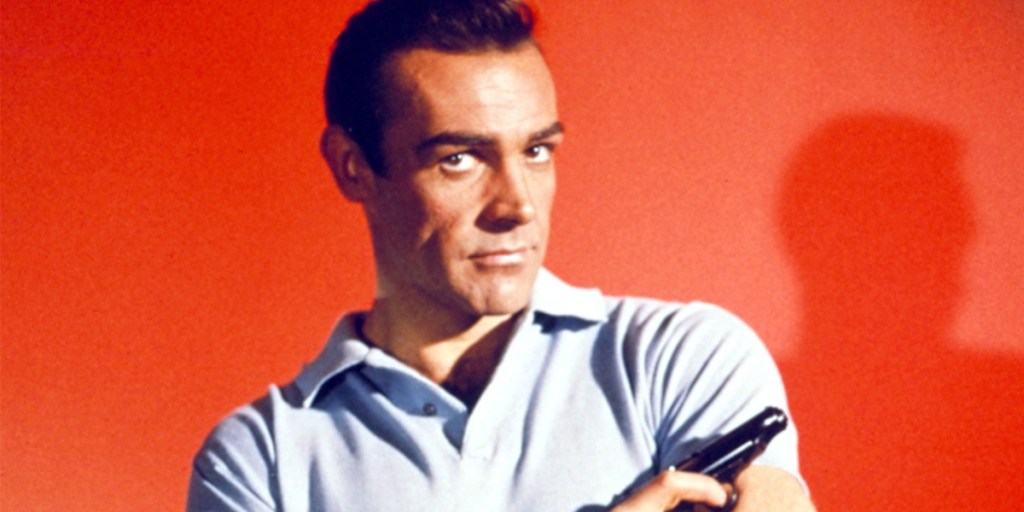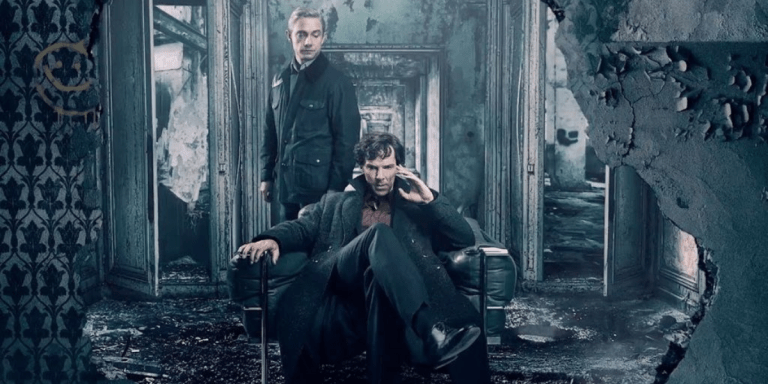The Start of Spy Thrillers

When most present-day readers think of spy dramas, what do they think of?
Sunglass-wearing secret agents running around with briefcases chained to their wrists or USB drives hidden in their shoes. High-tech geniuses briskly hacking their way into a top-secret database like they’re a virtuoso pianist at Carnegie Hall. A smirking evil genius with one finger on the button of a deadly superweapon.
The spy thriller seems to be something that belongs strictly to an age of high tech and high stakes.
But spy thriller stories have been around since long before computers, lasers, and sports cars. The technology may have changed over the centuries, but the desire to find out someone else’s secrets is an ancient one: one that has existed for as long as humanity has been on the planet. So too has the desire to keep secrets hidden at all costs.
What elements or tropes do we often see in spy thrillers? Countries at war, a battle over who will inherit a crown and a kingdom, secret codes, mistaken identities, important documents or valuables gone astray, and, yes, more than a few murders.
When did the spy thriller–or at the very least, the spy thriller as known to most Western readers—come into being? That seems to be a subject for some debate. Some might immediately point to James Fenimore Cooper’s The Spy. Others may insist it’s the World War I tales by John Buchan. Or Rudyard Kipling’s Kim.
There doesn’t seem to be a consensus on “yes, it was THIS book that gave rise to the whole genre.” Instead, we see in several classic works of literature some of the familiar elements that we would now consider part of spy fiction.
James Fenimore Cooper is best known for creating the rugged explorer Natty Bumppo, but some of Cooper’s earlier novels take a look at wartime spying. Cooper’s The Spy, published in 1821, takes place during the Revolutionary War, and involves the mutual cat-and-mouse chase for spies and informers on either side of the war. (George Washington even makes an appearance, as a disguised man calling himself Mr. Harper.) Several writers have pointed to this as one of the earliest examples of a spy novel.
Alexandre Dumas’s The Three Musketeers (1844), while perhaps best known as being a swashbuckling adventure, can also be considered an early example of a spy novel. The cast of characters includes Milady de Winter: the beautiful and treacherous agent acting on behalf of Cardinal Richelieu against the queen of France (and D’Artagnan and the three titular musketeers).
In 1894, Anthony Hope published The Prisoner of Zenda, which delved into the themes of royal look-alikes and deadly court intrigues. Rudolf Rassendyll, a well-to-do young Englishman, finds himself mixed up in deadly court intrigues in the little Eastern European country of Ruritania, because he looks almost exactly alike King Rudolf: his distant cousin. Rassendyll is forced to stand in for the king–who has been incapacitated–at the coronation ceremony. This puts him in danger from the king’s enemies, but also causes him to fall in love with Princess Flavia, the king’s fiancee.
The beginning of the twentieth century saw the release of Rudyard Kipling’s Kim (1901) and Baroness D’Orzcy’s The Scarlet Pimpernel (1905).
Sir Percy Blakeney, the titular Scarlet Pimpernel, seems to live the easy, careless life of an English aristocrat, but his new wife discovers his secret hidden side: he’s been making undercover trips over to France to rescue aristocrats who were condemned to the guillotine. The French authorities are frustrated over their lack of success in finding the mysterious Scarlet Pimpernel. The trope of the double life is seen over and over again in novels, secret agent stories, and superhero comics: a seemingly mild-mannered hero or heroine, living an ordinary public life, has a secret side as a daring crime fighter.
Kim follows the life and adventures of Kimball “Kim” O’Hara, the orphaned son of an Irish soldier in India. Kim’s ability to notice even the smallest details gets him involved in what is known as the Great Game: the ongoing back-and-forth struggle between England and Russia in Central Asia in the nineteenth century.
The two world wars provided lots of material for spy fiction. In 1915, John Buchan released The Thirty-Nine Steps, the first of five novels featuring mining engineer-turned-secret agent Richard Hannay. During World War II, the number of authors writing spy fiction skyrocketed, with that era introducing readers to authors such as Eric Ambler, Manning Coles, and Helen MacInnes.
1959 brought the The Spy’s Bedside Book: an anthology of espionage tales assembled by author Graham Greene and his brother, journalist Hugh Greene. The list of authors in the book is a veritable Who’s Who. There are authors who wrote spy fiction, like Ian Fleming and Rudyard Kipling. There are writings from historical figures like Robert Baden-Powell (founder of the Boy Scouts), Major John Andre (the British Revolutionary War officer known in American history as Andre the Spy), and Belle Boyd, the Virginia socialite-turned-Confederate spy during the Civil War. And there are authors, like Thomas Mann and William Blake, who may have had a second career as wartime spies.
Spy thrillers really took off in a new way in the 1960s, with the shadow of the Cold War hanging overhead. Ian Fleming’s James Bond made the jump from the printed page to the screen in Dr. No. On the small screen, there were spy shows aplenty, like The Man from UNCLE and the tongue-in-cheek Get Smart. (Don Adams, who played the comedically clumsy Maxwell Smart, would provide the voice for Inspector Gadget twenty years later.)
It is clear that generations of readers have had an appetite for spy fiction for a few hundred years at least, and that the genre is able to reinvent itself for new generations, and new conflicts and new technology.
By clicking 'Sign Up,' I acknowledge that I have read and agree to Hachette Book Group’s Privacy Policy and Terms of Use
What to Read Next
Erin Roll is a freelance writer, editor, and proofreader. Her favorite genres to read are mystery, science fiction, and fantasy, and her TBR pile is likely to be visible on Google Maps. Before becoming an editor, Erin worked as a journalist and photographer, and she has won far too many awards from the New Jersey Press Association. Erin lives at the top floor of a haunted house in Montclair, NJ. She enjoys reading (of course), writing, hiking, kayaking, music, and video games.


